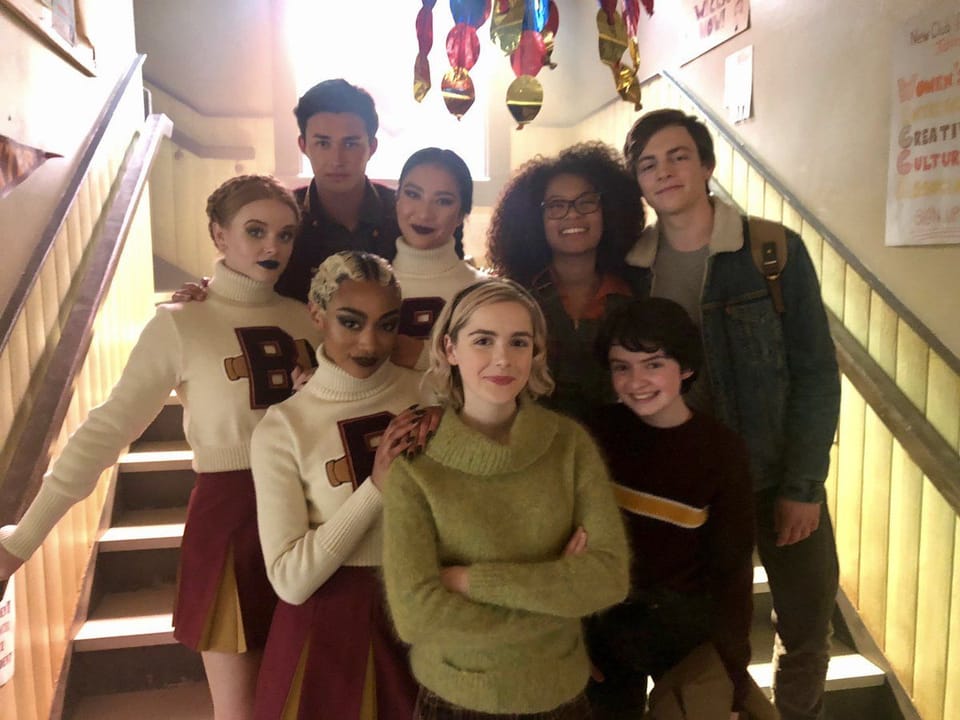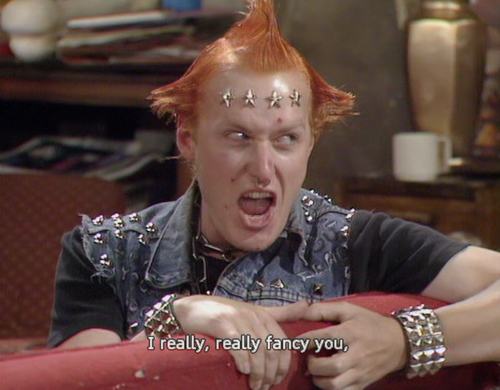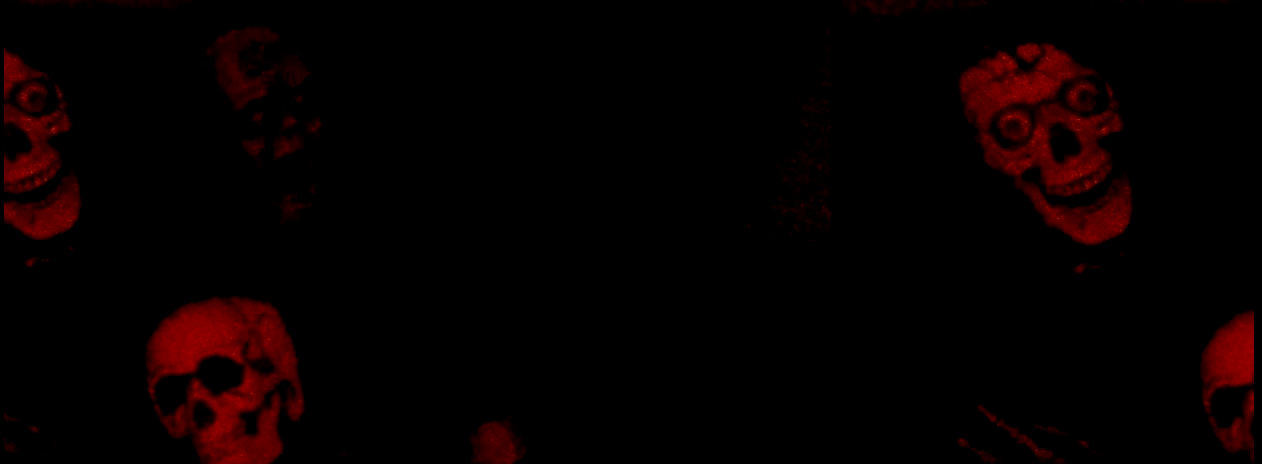We Are All Misfits Now

I touched on this in my newsletter last week, but I think it bears repeating because there still seems to be some confusion between the Extreme Horror genre and Splatterpunk.
I cannot emphasize this enough, but the core factor of SplatterPUNK is ... (hold on, is it the capitalized, bolded letters in the word ... could it be ...???) the PUNK aspect of it.
Having said that, I also think I understand why some readers have a hard time grappling with this concept.
It's because our whole lives are punk. Political and socio-economic divides have created core punk groups within modern society. This is not about music, though it is a small part of it. This goes deeper than that. Even conservatives, the straight-laced, puritanical, holier-than-thou fanatics normal people try to avoid like the plague, are kind of a punk tribe.
On the other end of society, we still have misfits, but now it's cool to be a misfit. It's so cool to be a misfit that everyone wants to be a misfit, and now there are so many misfits that being a misfit isn't that cool anymore.
If we look at punk as holding "anti-establishment views, the promotion of individual freedom, and DIY ethics"(wikipedia), then for most people, everything is punk.
It's everywhere. The band Chat Pile is probably one of the more popular punk bands right now. I'm not going to list all the bands, but artists such as Bruce Springteen, Willie Nelson, Jason Isbell, Sturgill Simpson (all in the American/Outlaw Country genres) also fit the punk mode for today's society.
When splatterpunk hit in the 1980s, punk was still punk. It was underground, fringe, enjoyed by misfits. Only those on the edges of society listened to punk, and the sweaty headbangers listened to metal. During a time when Urban Cowboy was the most popular movie, anything outside of snap-button shirts and cowboy boots was considered strange, taboo, fringe. Country was structured and somewhat quiet, rock was chaotic, glam, and loud as fuck. The heavy-metal/punk music ushered in a lifestyle reflective of the times. Now, 40 years later, these bands and clothing styles, etc., these lifestyles, are the status quo. Jeans and a t-shirt can be considered "business casual" in some circles today, when even in the early 2000s it was polo shirts and khakis.
Times have changed.
We are all misfits now.

And when you have a horror fiction genre that relies on main characters and/or protagonists that are misfits and people on the fringes of society, and EVERYONE is a misfit on the fringe of society, then the only characteristic of the genre people gravitate to is the scenes of violence, which they share with the other genre mentioned in this essay, Extreme Horror.
The core principles of the genres still apply:
Splatterpunk sees how far it can push the characters.
Extreme Horror sees how far it can push the reader.
... but when the reader is made up of the same audience for both genres, people tend to see the same things that overlap the genres, an over-abundance of violence on the page.
Some may feel that I have an aversion to Extreme Horror. No, I do not. It's not my cup of tea, I prefer to see how far I push my characters, but I would be remiss to say that a lot of what I write is quite violent. My unpublished novella, The Killjoys Were Here, is probably one of the most violent things I've ever written, though it definitely falls within the confines of cosmic horror. But when you have characters that are serial killers, and part of the main plot deals with them killing their next set of victims, you kind have to deliver the goods on the level of brutality they are capable of dealing out. My intention isn't to gross out and push my readers, but the content kinda grazes that territory. There are a few intensely violent scenes in The Small Hours, but they are short and definitely not the point of the story. That novel falls into the splatterpunk genre because the main character is a misfit when COMPARED to the other characters, even though he is quite typical of youths of today.
It's also important to mention that if you're wanting to stand out in the horror genre, no matter if you're writing extreme horror or splatterpunk, you're going to have to be fearless with your writing. You need to be prepared to "go there". If you don't, someone else will, and considering how the genre is close to over-saturation anyway, you need to stand out as best you can. Write the stories that make them clutch their pearls.
If writers want to embrace the genre of splatterpunk for today's readers, they're going to have to get creative with their main characters in relation to the other characters in the story. You're going to have to show how your protagonist is a true misfit compared to their peers. Don't give readers the same old protagonists featured in every weak-ass story ever poorly written, be bold and give us characters we've never seen before that are still relatable to modern readers. When you give us characters we rarely see in fiction, and push them to the point of horrific insanity where they beg for the safety of their very souls, then you've got something truly special on your hands.
peace&love
